-
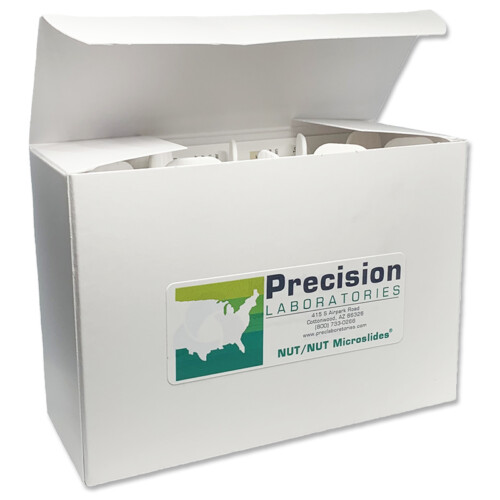
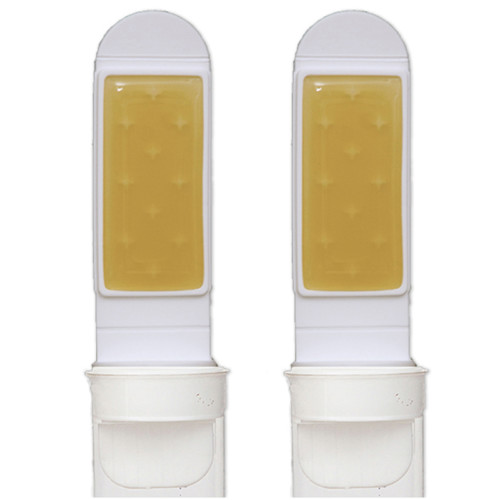 Nutrient TTC Agar is a general purpose (relatively non-selective) medium, which will support the growth of a wide variety of organisms. Suitable for cultivation of both aerobes and anaerobes. Aerobic coliform bacteria can be detected by their ability to reduce the TTC dye to a red-colored formozan dye. Bacterial colonies appear as red dots on an otherwise yellow medium.
Nutrient TTC Agar is a general purpose (relatively non-selective) medium, which will support the growth of a wide variety of organisms. Suitable for cultivation of both aerobes and anaerobes. Aerobic coliform bacteria can be detected by their ability to reduce the TTC dye to a red-colored formozan dye. Bacterial colonies appear as red dots on an otherwise yellow medium. -

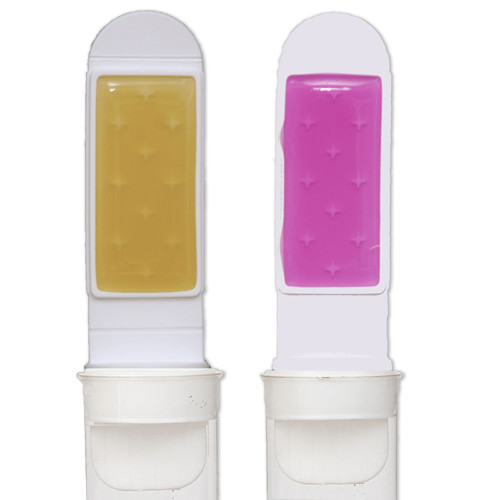 The Nutrient TTC-Rose Bengal Dipslide is often used in testing personal care products/cosmetics, as well as food and water. Nutrient-TTC Agar is a general purpose (relatively non-selective) medium, which will support the growth of a wide variety of organisms. Suitable for cultivation of both aerobes and anaerobes. Aerobic coliform bacteria can be detected by their ability to reduce the TTC dye to a red-colored formozan dye. Bacterial colonies appear as red dots on an otherwise yellow medium. Rose Bengal Agar is selective medium for the enumeration of yeasts and molds. Rose Bengal Agar is recommended in Standard Methods for the enumeration of yeasts and molds from foods and water.
The Nutrient TTC-Rose Bengal Dipslide is often used in testing personal care products/cosmetics, as well as food and water. Nutrient-TTC Agar is a general purpose (relatively non-selective) medium, which will support the growth of a wide variety of organisms. Suitable for cultivation of both aerobes and anaerobes. Aerobic coliform bacteria can be detected by their ability to reduce the TTC dye to a red-colored formozan dye. Bacterial colonies appear as red dots on an otherwise yellow medium. Rose Bengal Agar is selective medium for the enumeration of yeasts and molds. Rose Bengal Agar is recommended in Standard Methods for the enumeration of yeasts and molds from foods and water. -

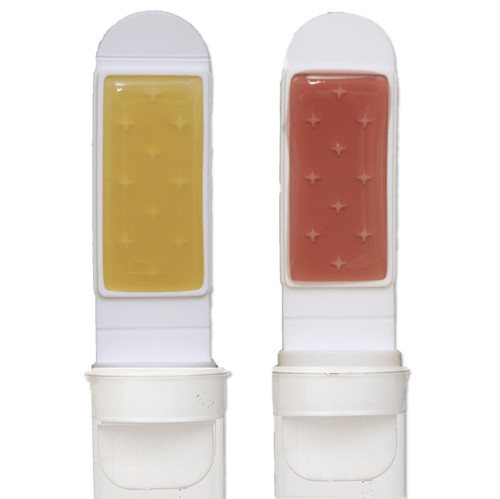 Nutrient-TTC Agar is a general purpose (relatively non-selective) medium, which will support the growth of a wide variety of organisms. Suitable for cultivation of both aerobes and anaerobes. Aerobic coliform bacteria can be detected by their ability to reduce the TTC dye to a red-colored formozan dye. Bacterial colonies appear as red dots on an otherwise yellow medium. MacConkey Agar is both selective and differential. It is used to differentiate between Gram negative bacteria while inhibiting the growth of most Gram positive bacteria. The medium also differentiates between lactose-fermenting coliforms (Lac (+)) and lactose non-fermenters (Lac (-)), which include potential pathogens.
Nutrient-TTC Agar is a general purpose (relatively non-selective) medium, which will support the growth of a wide variety of organisms. Suitable for cultivation of both aerobes and anaerobes. Aerobic coliform bacteria can be detected by their ability to reduce the TTC dye to a red-colored formozan dye. Bacterial colonies appear as red dots on an otherwise yellow medium. MacConkey Agar is both selective and differential. It is used to differentiate between Gram negative bacteria while inhibiting the growth of most Gram positive bacteria. The medium also differentiates between lactose-fermenting coliforms (Lac (+)) and lactose non-fermenters (Lac (-)), which include potential pathogens. -

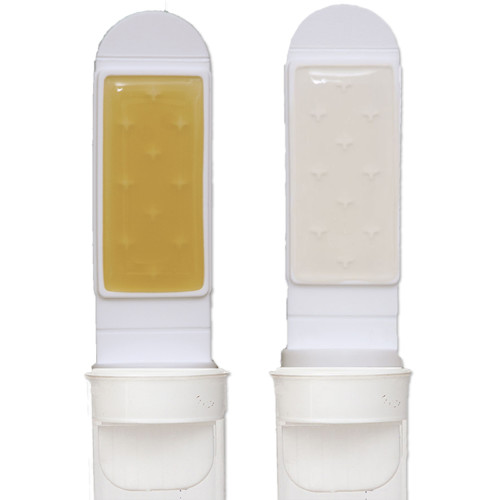 Nutrient-TTC Agar is a general purpose (relatively non-selective) medium, which will support the growth of a wide variety of organisms. Suitable for cultivation of both aerobes and anaerobes. Aerobic coliform bacteria can be detected by their ability to reduce the TTC dye to a red-colored formozan dye. Bacterial colonies appear as red dots on an otherwise yellow medium. R2A Agar, in combination with a lower incubation temperature and longer incubation time, stimulates the growth of stressed and chlorine-tolerant bacteria. R2A Agar is recommended in Standard Methods for the Examination of Water and Wastewater for pour plate, spread plate and membrane filter methods for heterotrophic counts.
Nutrient-TTC Agar is a general purpose (relatively non-selective) medium, which will support the growth of a wide variety of organisms. Suitable for cultivation of both aerobes and anaerobes. Aerobic coliform bacteria can be detected by their ability to reduce the TTC dye to a red-colored formozan dye. Bacterial colonies appear as red dots on an otherwise yellow medium. R2A Agar, in combination with a lower incubation temperature and longer incubation time, stimulates the growth of stressed and chlorine-tolerant bacteria. R2A Agar is recommended in Standard Methods for the Examination of Water and Wastewater for pour plate, spread plate and membrane filter methods for heterotrophic counts. -

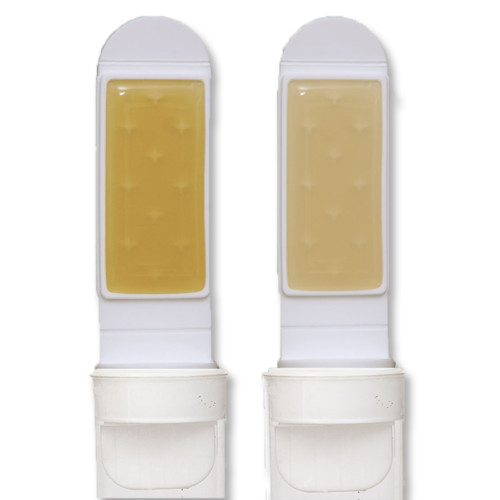 The weekly monitoring of bacteria levels in cooling water has been recommended by many legislators and professional authorities as a visual performance indicator to both system and treatment regime. This allows the user to gauge how effective a chemical or biocide product is in the particular application, and a trend can be quickly established identifying changes and taking quick remedial action where required. The Nutrient TTC-Malt dipslide is a recommended product for testing in this industry. The general industry guide is, counts should not exceed 103. It should be noted that dipslides alone do not detect Legionella as a select microorganism, however, it is generally accepted that overall bacteria levels in excess of 104 are considered able to support Legionella and is a serious risk. Similarly, the Nutrient TTC-Malt dipslide is frequently used to test cutting fluids. Uncontrolled or excess bacteria growth in cutting fluids can cause health problems, such as skin contamination or inhalation into the respiratory tract. This issue arises as the fluid develops aerosols when sprayed against high speed rotating work-pieces, presenting serious infection risks to operators. Excess bacterial fouling can lead to reduced efficiency of the actual fluid, resulting in overheating of the work-piece and tool damage. Then of course, there are the unpleasant odors present and a change in pH of the fluid. Full details are available on the HSE website.
The weekly monitoring of bacteria levels in cooling water has been recommended by many legislators and professional authorities as a visual performance indicator to both system and treatment regime. This allows the user to gauge how effective a chemical or biocide product is in the particular application, and a trend can be quickly established identifying changes and taking quick remedial action where required. The Nutrient TTC-Malt dipslide is a recommended product for testing in this industry. The general industry guide is, counts should not exceed 103. It should be noted that dipslides alone do not detect Legionella as a select microorganism, however, it is generally accepted that overall bacteria levels in excess of 104 are considered able to support Legionella and is a serious risk. Similarly, the Nutrient TTC-Malt dipslide is frequently used to test cutting fluids. Uncontrolled or excess bacteria growth in cutting fluids can cause health problems, such as skin contamination or inhalation into the respiratory tract. This issue arises as the fluid develops aerosols when sprayed against high speed rotating work-pieces, presenting serious infection risks to operators. Excess bacterial fouling can lead to reduced efficiency of the actual fluid, resulting in overheating of the work-piece and tool damage. Then of course, there are the unpleasant odors present and a change in pH of the fluid. Full details are available on the HSE website. -

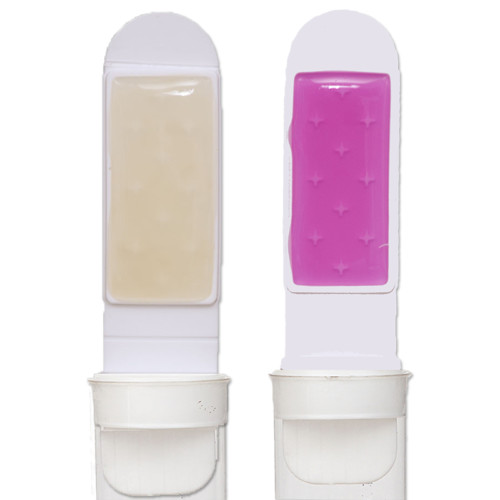 The Tryptic Soy-Rose Bengal Dipslide is a general purpose paddle often used in educational settings. Tryptic Soy Agar is an enriched media, suitable to support fastidious heterotrophs and to facilitate vigorous growth of aerobic and anaerobic microorganisms. Rose Bengal Agar is a selective medium for the enumeration of yeasts and molds. Rose Bengal Agar is recommended in Standard Methods for the enumeration of yeasts and molds from foods and water.
The Tryptic Soy-Rose Bengal Dipslide is a general purpose paddle often used in educational settings. Tryptic Soy Agar is an enriched media, suitable to support fastidious heterotrophs and to facilitate vigorous growth of aerobic and anaerobic microorganisms. Rose Bengal Agar is a selective medium for the enumeration of yeasts and molds. Rose Bengal Agar is recommended in Standard Methods for the enumeration of yeasts and molds from foods and water.

